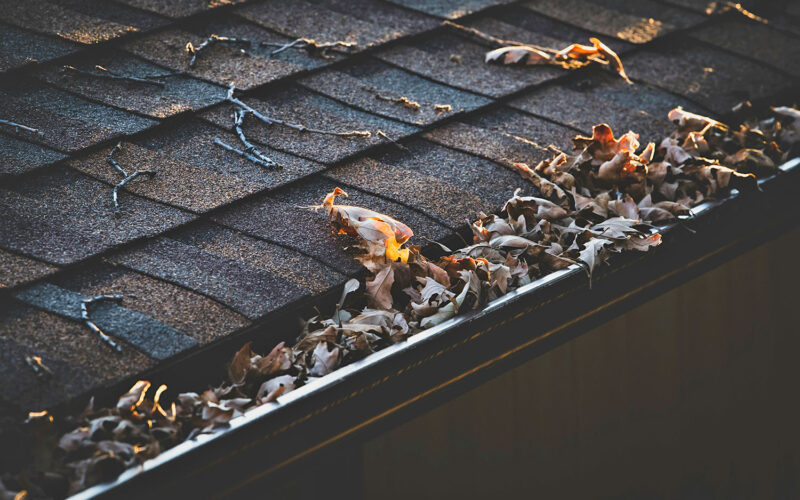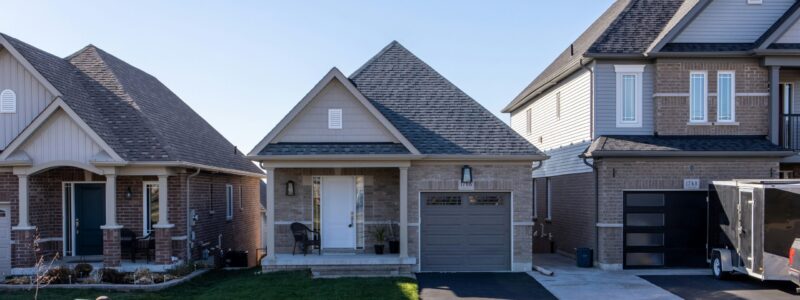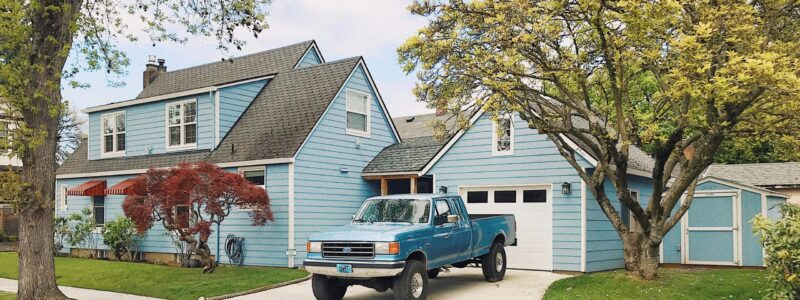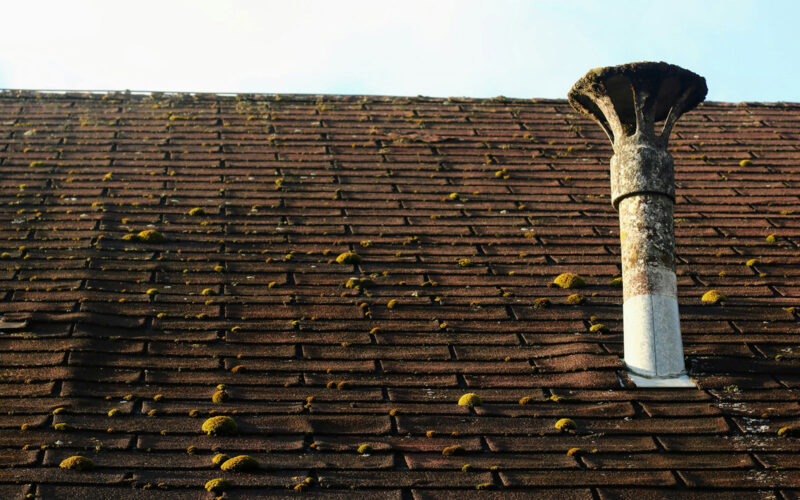Central Point, Oregon
Central Point, Oregon, is a welcoming and fast-growing community located in the Rogue Valley. Known for its family-friendly atmosphere, scenic surroundings, and close proximity to Medford, Central Point blends small-town charm with modern conveniences. It’s home to agricultural roots, local wineries, and easy access to outdoor activities, making it an appealing place to live and visit.
Landmarks and Buildings
Central Point is home to several well-known local landmarks. The Rogue Creamery, famous for its award-winning blue cheese, draws food lovers from around the region. Crater High School and the Jackson County Expo grounds are central to many of the community’s events, including concerts, rodeos, and the popular Jackson County Fair. The downtown area features a mix of historic buildings and revitalized storefronts that reflect the city’s growth and pride in its heritage.
Outdoor Recreation
Outdoor lovers will find plenty to enjoy in and around Central Point. The Bear Creek Greenway passes nearby, offering miles of walking and biking trails. Locals also take advantage of nearby TouVelle State Recreation Site, located along the Rogue River, which offers fishing, picnicking, and river access. Just a short drive away, Upper and Lower Table Rock provide challenging hikes and stunning views of the Rogue Valley.
Neighborhoods
Central Point offers a variety of neighborhoods, from quiet residential areas with tree-lined streets to newer subdivisions with modern homes and amenities. Developments like Twin Creeks are known for their walkability and community parks. The city continues to grow with thoughtfully planned neighborhoods that attract families, retirees, and professionals alike.
Average Weather
Central Point enjoys a warm-summer Mediterranean climate, characterized by hot, dry summers and cool, wet winters. Summer highs often reach the upper 80s to low 90s, while winter lows can dip into the 30s. Rain is most common between November and March, with December and January typically being the wettest months. On average, the area receives about 18 to 22 inches of rain per year. While rain is a regular winter feature, it’s usually light to moderate and rarely disruptive, helping to maintain the region’s lush greenery without the persistent overcast skies seen in some other parts of the Pacific Northwest. Snow is rare but can occur in small amounts during particularly cold winters.







